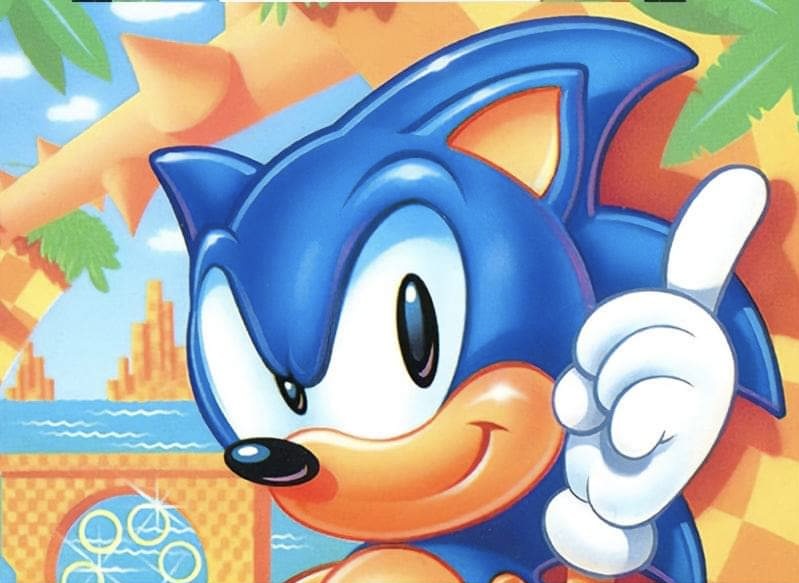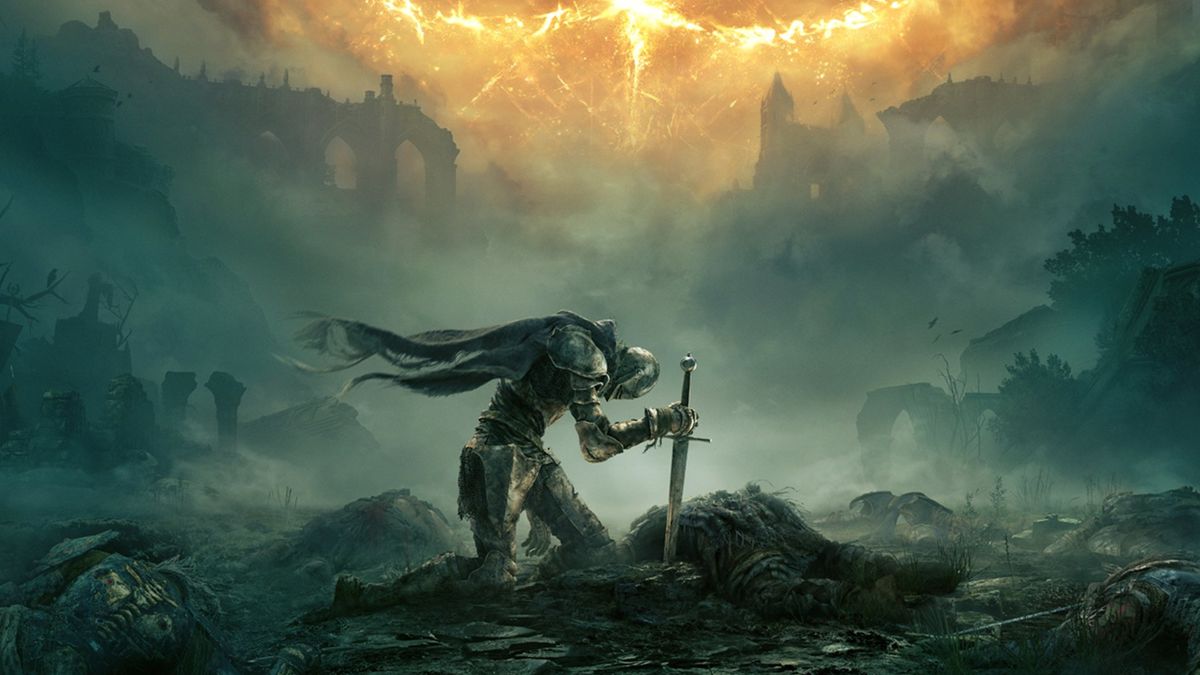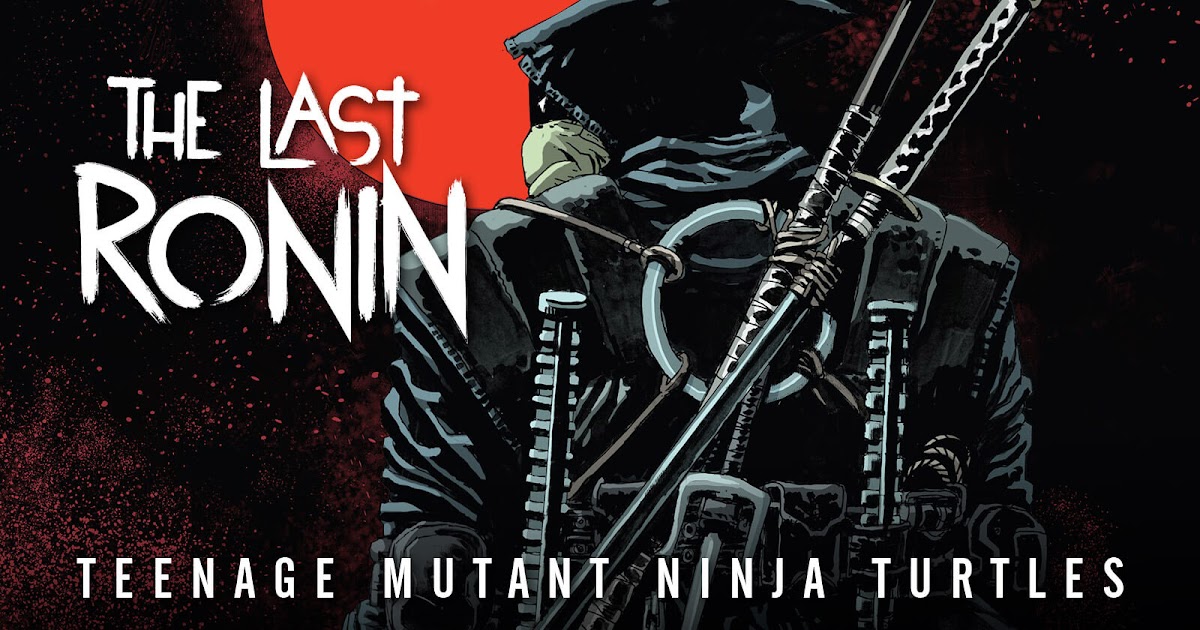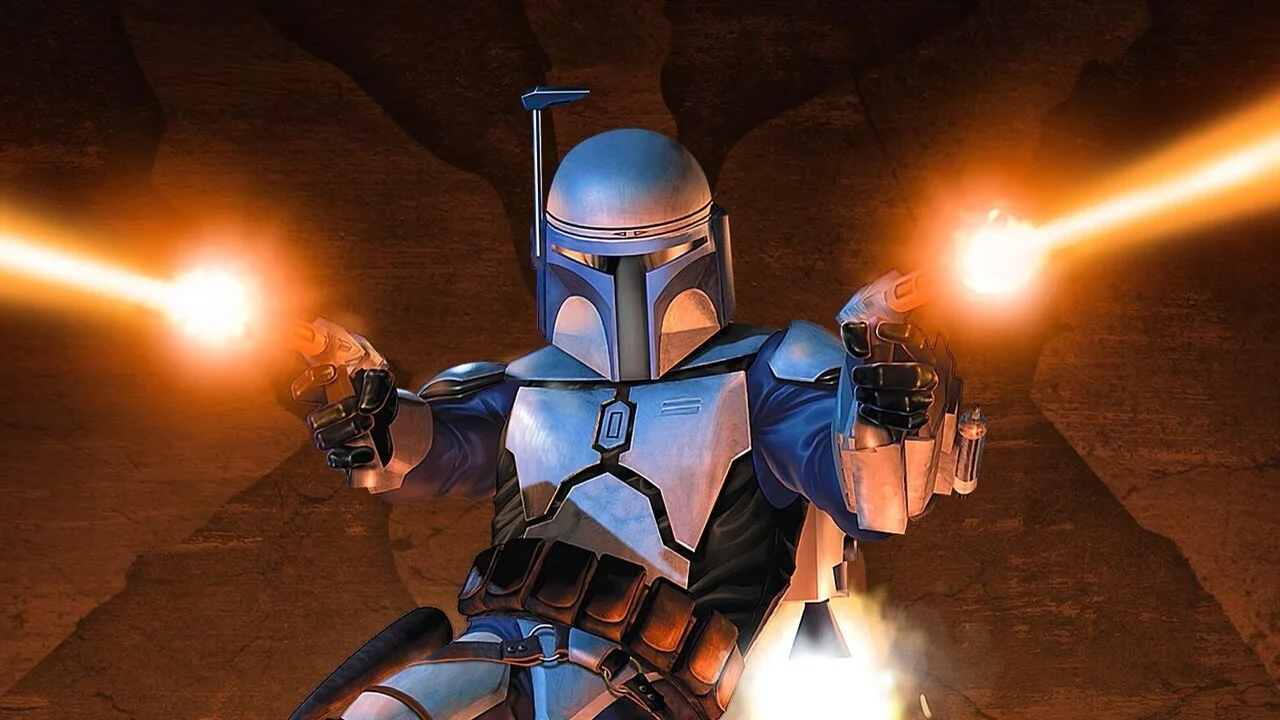In the early 1990s, the Sega Genesis burst onto the gaming scene with a sleek black design, a boast of “blast processing,” and a rebellious attitude that set it apart from its chief competitor, the Nintendo Entertainment System. Known as the Mega Drive outside North America, the Genesis became a home for lightning-fast action, arcade-perfect ports, and some of the most iconic characters in video game history. With a robust library spanning multiple genres, the Genesis helped define an era. Here are the top 10 best Sega Genesis games that not only ruled their time but still hold up as classics.
Leading the charge is Sonic the Hedgehog 2, the quintessential Genesis game that took Sega’s blue mascot and turned him into a pop culture phenomenon. Building on the success of the first game, Sonic 2 introduced players to Tails, Sonic’s loyal fox sidekick, and refined the gameplay with faster levels, tighter controls, and the now-iconic spin dash. The game’s vibrant visuals and catchy soundtrack, powered by the Genesis’ FM sound chip, pushed the system to its limits. Sonic 2 remains one of the best-selling Genesis games and solidified Sonic’s place as Sega’s answer to Mario.
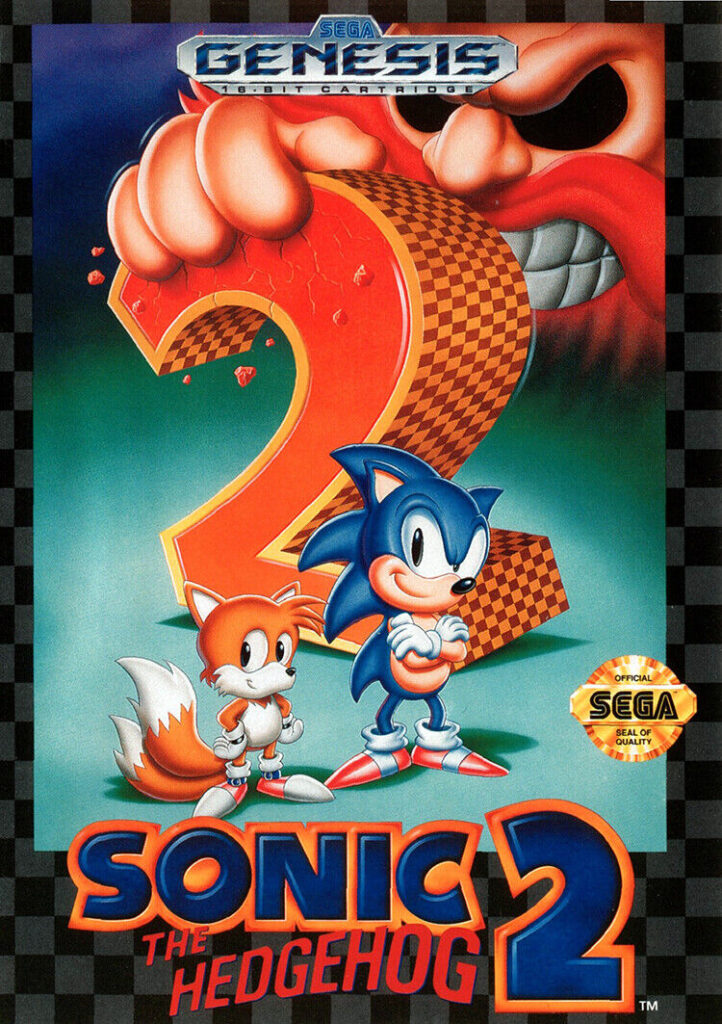
Another juggernaut in the Genesis library is Streets of Rage 2, a brawler that elevated the beat-’em-up genre with crisp animation, hard-hitting combat, and one of the most legendary soundtracks in video game history. Players could choose from four distinct characters, each with unique moves and strengths, as they battled through waves of street thugs to take down the nefarious Mr. X. With its co-op gameplay, tight controls, and iconic soundtrack by Yuzo Koshiro, Streets of Rage 2 became a fan favorite and is still widely considered one of the greatest beat-’em-ups ever made.
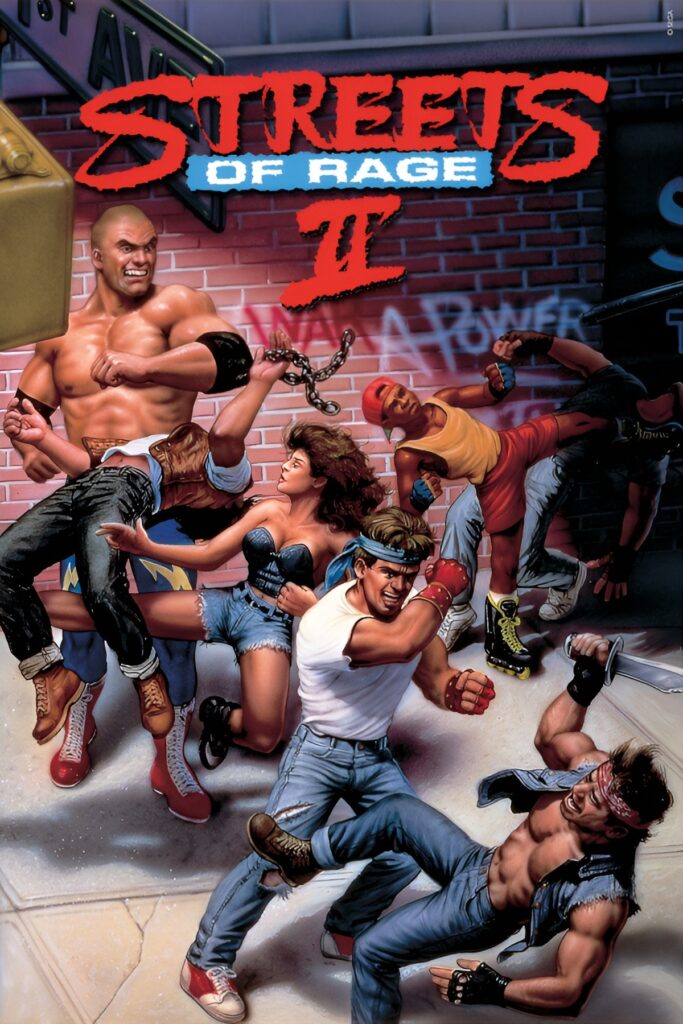
Genesis was known for arcade ports, and Mortal Kombat II was a defining title that brought the arcade experience home with brutal authenticity. While the first game caused controversy over its use of blood and gore, Mortal Kombat II refined the formula, introducing new characters, fatalities, and expanded combo mechanics. The Genesis version’s blood code allowed the game to retain the violence that made it famous, much to the delight of gamers and the concern of parents. Its tight gameplay and faithful graphics made it the definitive version for console players in the 90s.
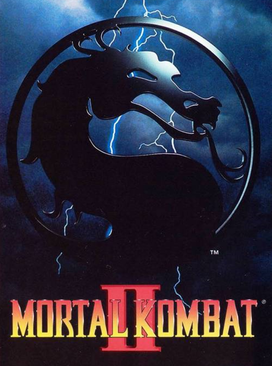
Fans of action and exploration flocked to Castlevania: Bloodlines, Konami’s only original Castlevania entry for the Genesis. Set against the backdrop of World War I, Bloodlines brought a gothic horror flair with two playable characters, John Morris and Eric Lecarde, each with unique weapons and abilities. The game’s visuals were dark and moody, pushing the Genesis’ capabilities, while the level design and boss battles delivered a challenge worthy of the franchise. Its legacy endures as one of the most underrated yet beloved entries in the Castlevania series.
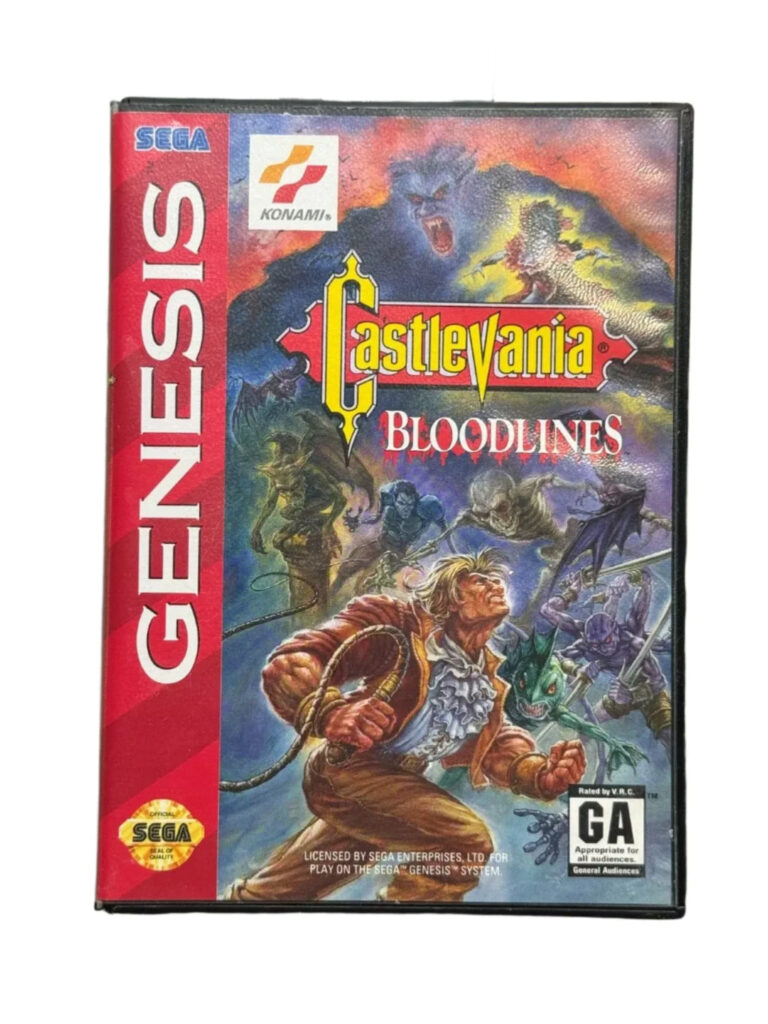
Another standout was Gunstar Heroes, a side-scrolling run-and-gun shooter from Treasure, a studio known for pushing hardware to its limits. Gunstar Heroes combined frantic gameplay with vibrant, colorful graphics, creative level design, and an arsenal of customizable weapons. The game’s co-op mode added to the fun, and its fast-paced action, boss battles, and cinematic flair made it one of the most exciting games on the platform. Gunstar Heroes remains a cult classic and is often cited as a shining example of what made the Genesis unique.
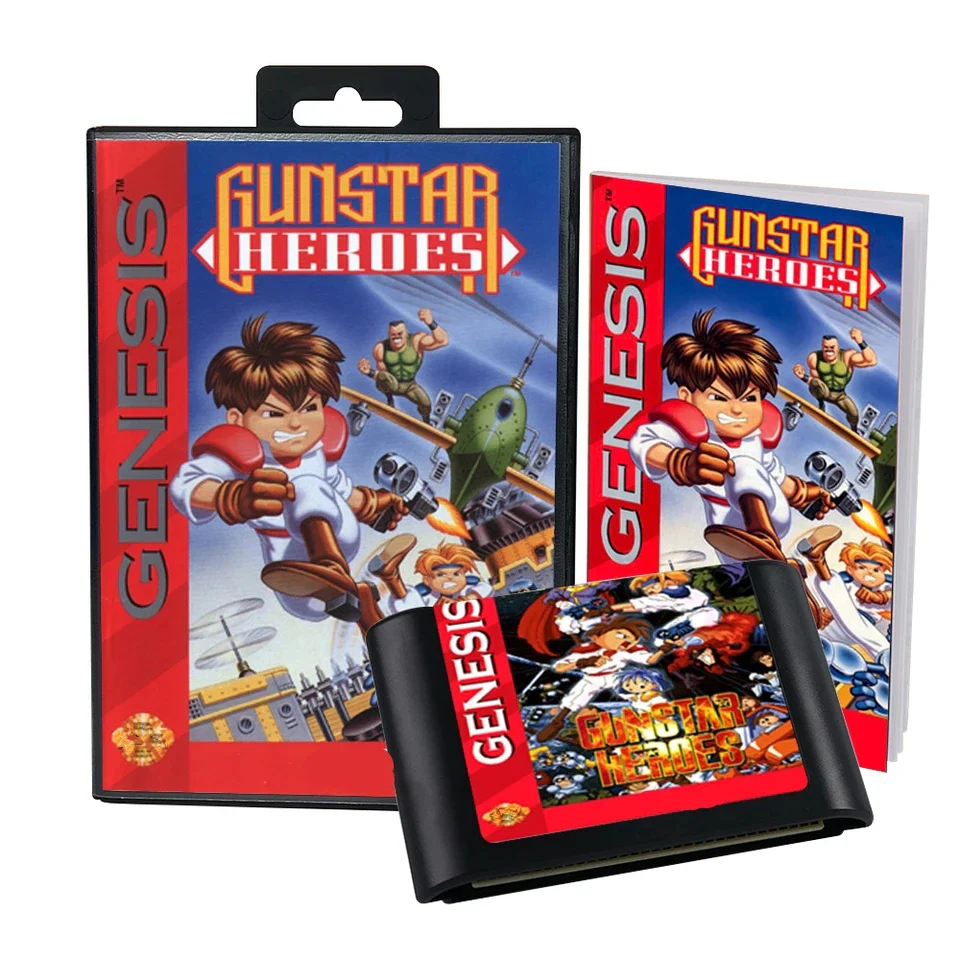
For RPG fans, Phantasy Star IV: The End of the Millennium was a landmark title that showcased Sega’s ability to craft epic, story-driven experiences. As the final entry in the classic Phantasy Star saga, this game delivered an intricate sci-fi narrative, turn-based combat, and manga-style cutscenes that set it apart from other RPGs of the era. Its futuristic setting, memorable characters, and rich world-building gave Genesis owners a role-playing experience to rival anything on the Super Nintendo, and it remains a high point in Sega’s RPG legacy.
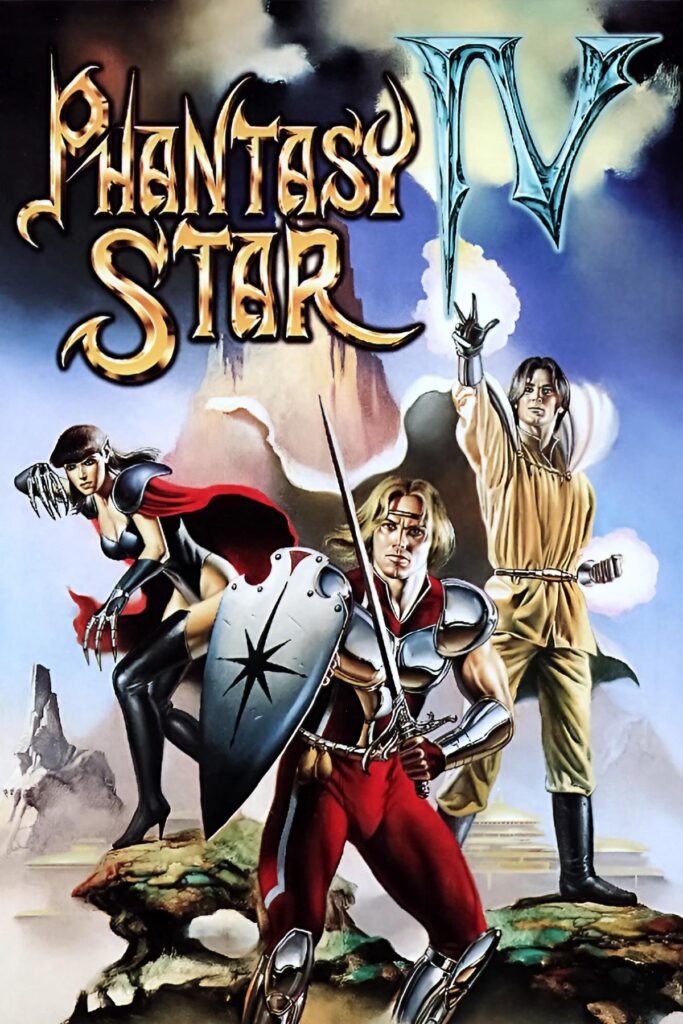
Strategy gamers found their niche with Shining Force II, a tactical RPG that blended turn-based battles with a colorful fantasy world. Players controlled a squad of heroes, each with unique skills, across grid-based maps to take down the evil Zeon. Its deep gameplay, character progression, and story-driven missions made it a rewarding experience. Shining Force II balanced accessibility with depth, appealing to newcomers and veterans of the genre alike, and it remains a cornerstone of the Genesis library.
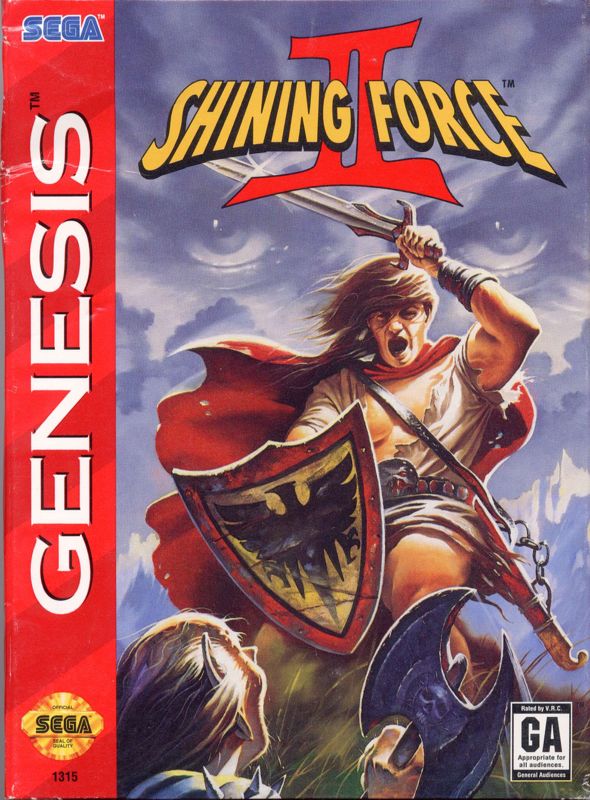
In the world of sports, NBA Jam Tournament Edition slammed onto the Genesis with over-the-top action, big head graphics, and iconic catchphrases like “He’s on fire!” The game’s 2-on-2 gameplay was fast and chaotic, with players performing gravity-defying dunks and unleashing turbo-charged moves. Its addictive multiplayer and unlockable characters made NBA Jam a must-have party game, and it helped bridge the gap between sports fans and arcade enthusiasts.
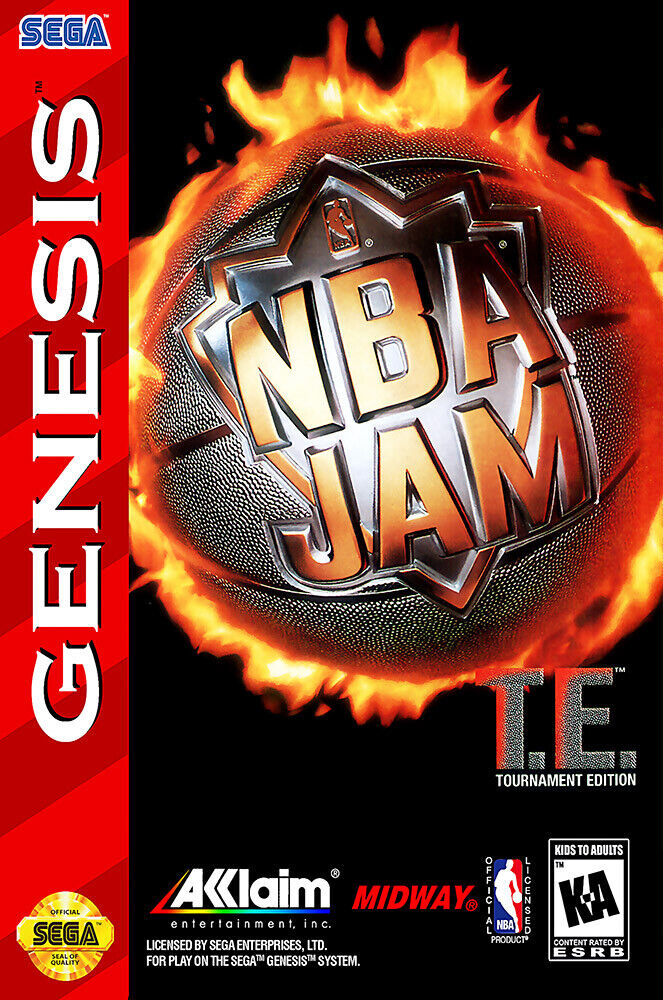
Another arcade hit translated perfectly to the Genesis with Earthworm Jim, a bizarre and hilarious platformer starring a super-suit-wearing earthworm. The game’s quirky humor, inventive level design, and fluid animation gave it a unique personality. Armed with a blaster and his own wormy body as a whip, Jim battled grotesque villains in surreal environments. Its combination of comedy, challenge, and style made Earthworm Jim a standout title and a symbol of the Genesis’ offbeat charm.
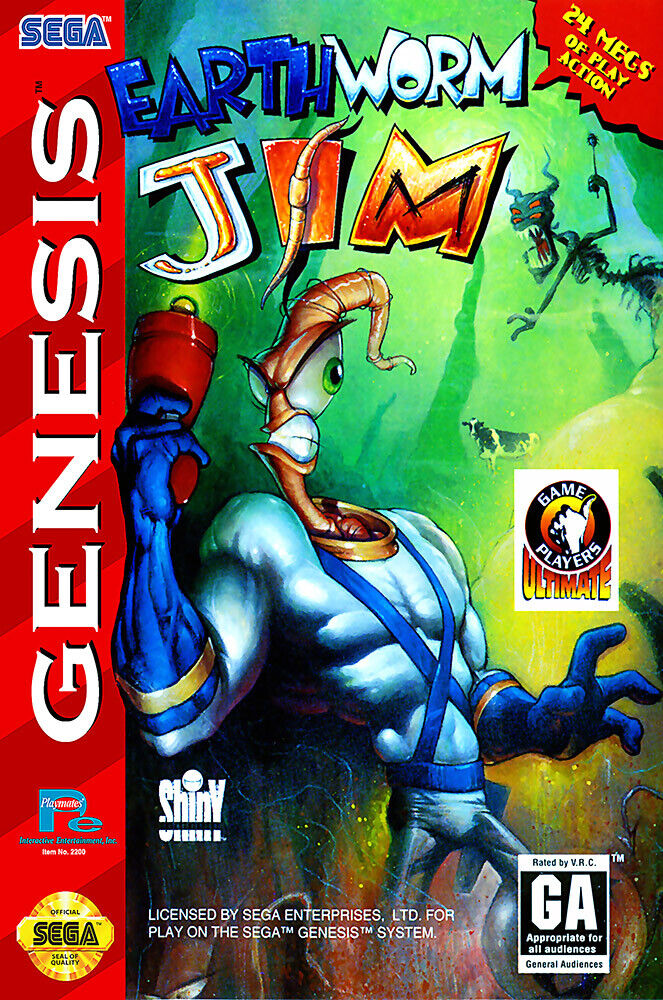
Closing out the list is ToeJam & Earl, a funk-fueled roguelike adventure about two alien rappers stranded on Earth. Blending exploration, randomized levels, and co-op gameplay, the game was unlike anything else at the time. Its funky soundtrack, laid-back tone, and bizarre enemies created a cult following. ToeJam & Earl captured the offbeat energy of the early 90s and offered a unique experience that emphasized experimentation and discovery over traditional action.
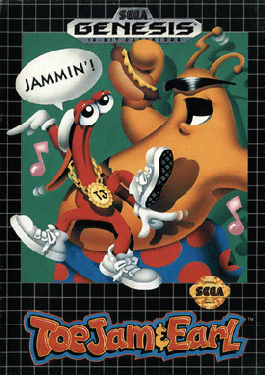
The Sega Genesis was more than a console—it was a cultural moment. Its games offered speed, attitude, and innovation, and many of its best titles continue to be revered today. Whether it was Sonic blazing through loops, or two friends laying waste to pixelated streets, the Genesis library proved that Sega did what Nintendon’t—and its legacy lives on.

